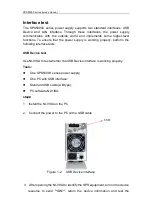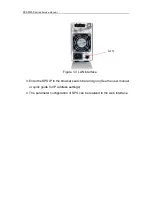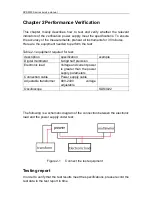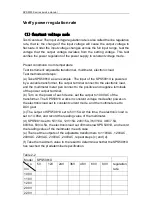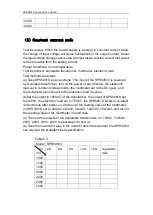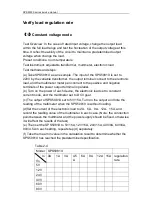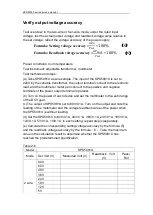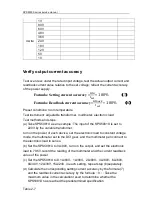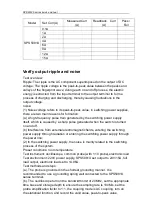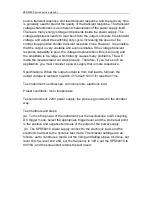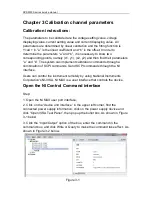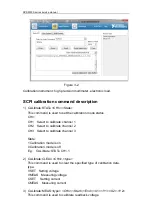
SPS5000X series service manual
source transient response and load transient response, and the recovery time
is generally used to predict the quality of the transient response. The transient
voltage characteristic is an inherent characteristic of the power supply itself.
There are many energy storage components inside the power supply. The
voltage adjustment needs to read back from the output, compare the standard
voltage, and adjust the switching duty cycle.
Increasing the speed of the
control loop provides shorter transient response times. However, it is possible
that the output is very unstable and even oscillates. If the voltage transient
response capability is poor, the voltage drop/overshoot time is too long and
the amplitude is too large, which directly causes many problems. This will
make the measurement not work properly. Therefore, if you have such an
application, you must consider a power supply that is more responsive.
Specifications: When the output current is from half load to full load, the
output voltage is restored to within 0.1%Vset+10mV for less than 1ms.
Test instrument: oscilloscope, common probe, electronic load
Preset conditions: room temperature
Test environment: 220V power supply, the probe is grounded in the shortest
way.
Test methods and steps:
(a). Turn on the power of the instrument, set the oscilloscope to AC coupling,
DC trigger mode, select the appropriate trigger level, and the probe test point
is the positive and negative terminals of the output of the power supply;
(b). The SPS5081X power supply connect to the electronic load, and the
electronic load set to the dynamic test mode. The relevant settings are as
follows: set to continuous mode, set the rising and falling slopes to10A/us, set
level A=4.5A, level B=2.25A, set the frequency to 10Hz, set the SPS5081X to
80V/5A, and the screenshot retains the test result;



